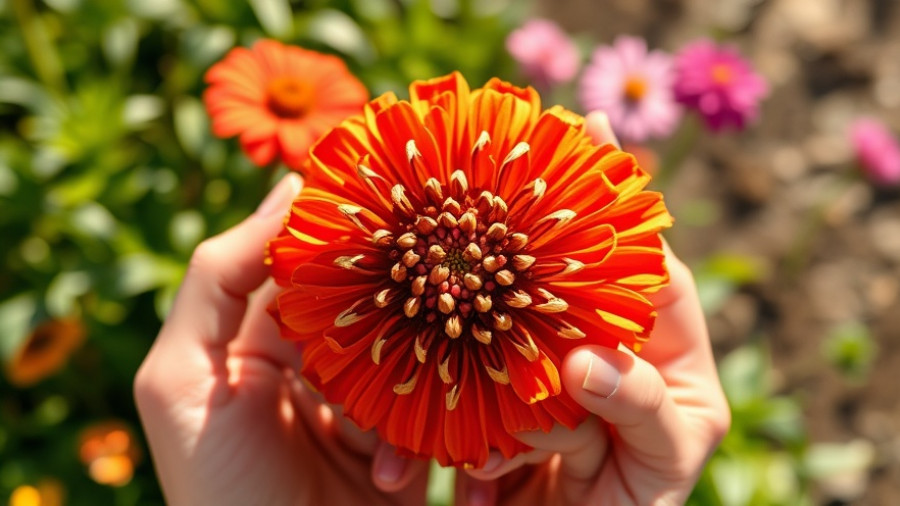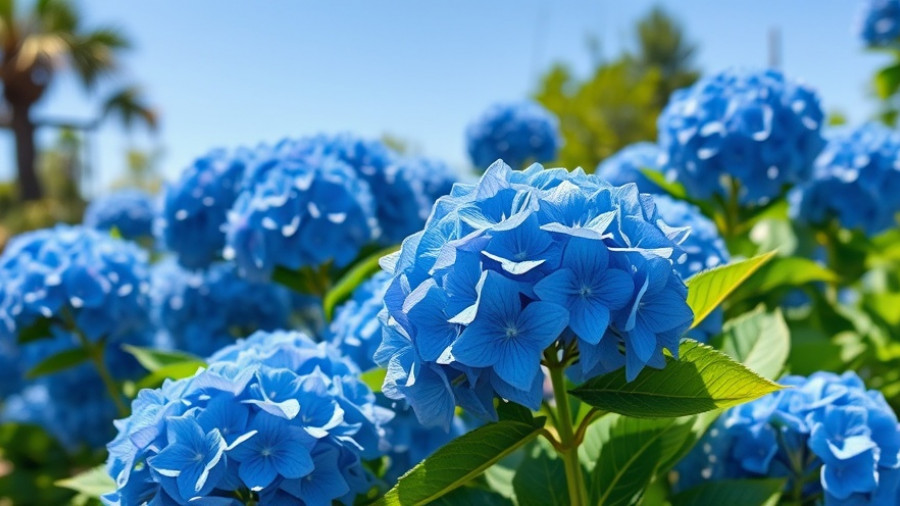
Embrace the Heat: Late-Blooming Wonders for Your Garden
As August rolls in, seasoned gardeners know this month is far from the end of bloom season. While many trees and shrubs take a breather, there’s a vibrant array of flowers ready to dazzle. In fact, August offers a unique opportunity to showcase late-season flowers, adding color and life to your backyard long after the summer solstice has passed.
Transforming Your Outdoor Space with August Blooms
Late summer can be a challenging time for gardeners who rely on spring blooms. However, many perennials and annuals bloom profusely during this season, ensuring your garden remains a tapestry of colors. Plants like the Purple Coneflower (Echinacea purpurea) are just a few blooms that thrive during this heat, providing lasting beauty and support for important pollinators.
Flowers That Thrive in the Summer Heat
August is often associated with the intensity of heat, and while some may think that means the end of blooming, it actually signals the peak for many flower varieties. For instance, the Cherry Brandy Black-Eyed Susan adds vibrant yellow and red hues to gardens, while the Double Sunburst Coreopsis offers sunny splashes of color. Both are easy to maintain, making them perfect for low maintenance landscaping enthusiasts.
The Importance of Seasonal Planting
Implementing a seasonal planting guide can result in a garden that continuously blooms throughout the year. By carefully selecting flowers that bloom at different times, you can create a garden that's not only attractive but also eco-friendly. For instance, incorporating flowers that attract pollinators ensures sustainability in your local ecosystem, benefiting both your garden and the environment.
Creating Eye-Catching Flower Bed Layouts
Effective flower bed layout can enhance your garden's visual impact. When planning your flower bed, consider height, color, and blooming times. Grouping taller varieties like the coneflower at the back creates a layered look. In contrast, shorter flowers can illuminate the foreground. This thoughtful arrangement not only maximizes the aesthetic appeal but also fosters a habitat for garden life.
Additional Ideas for Your Outdoor Spaces
While flowers are essential, consider integrating outdoor kitchen designs, fire pits, and comfortable seating areas into your landscaping plans. These elements can make your garden not just a place for plants but a haven for family gatherings and relaxation. For example, a cozy fire pit surrounded by blooming perennials creates a stunning backdrop for late summer evenings.
Practical Tips to Enhance Your Garden
Getting the most out of your garden may involve some practical insights. Regular mulching can help retain soil moisture, which is vital for flowering plants during the hotter months. It can also suppress weeds, allowing your flowers to thrive without competition.
Fostering Community Through Gardening
Gardening is not just about planting flowers; it’s about building connections. Local gardening clubs often host events or workshops that foster community engagement while providing opportunities to share knowledge about seasonal planting tips or flower maintenance. Such interactions enrich both your gardening experience and local bonds.
Conclusion: Blooming Beyond August
August doesn’t just signify the end of summer; it offers a chance to cultivate a diverse garden that celebrates the beauty of late blooms. By choosing the right flowers and integrating thoughtful design elements, you can create a vibrant outdoor space. Don’t hesitate to take advantage of this lush opportunity; your garden will thank you!
If you're eager to make the most of your outdoor living space, consider exploring our collection of eco-friendly yard care tips or diving deeper into container gardening. There’s no time like the present to start your journey in transforming your backyard into a blooming sanctuary!
 Add Row
Add Row  Add
Add 




Write A Comment